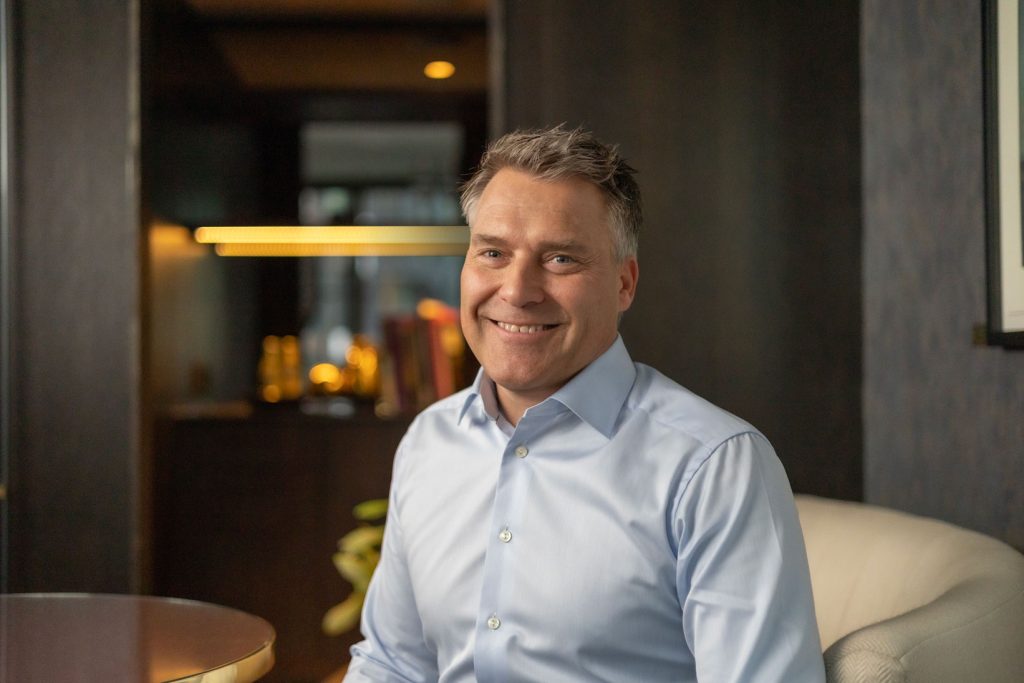Create buyer desire!
The amount of money Norwegians spend on clothing doesn’t only depend on disposable income. Just as important is whether the customers who visit your store prefer to save or spend the money they have available.

British economist John Maynard Keynes is regarded as the founder of modern macroeconomics. He introduced several theories to explain what determined people’s consumption and saving decisions. For instance, Keynes believed that some are more concerned with having a buffer for unanticipated expenses, and that they therefore choose to reduce their consumption during uncertain times. When Kåre Willoch in his day liberalised the credit markets in Norway, there was a sharp rise in consumption compared to consumers’ disposable income. While earlier, there was a belief that savings should remain a constant proportion of the income, it was now necessary to create new models. None of these models are perfect, and the truth is that no one really knows for certain whether people are choosing to save or spend their money.
Zero growth
Texcon is a member of Virke and benefits substantially from their market figures and prognoses. They predict that “growth will gradually flatten out, and that the clothing and shoe industry will experience a four per cent growth in 2023 and a zero per cent growth in 2024.” But even if Virke’s prediction proves correct, this does not necessarily apply to your store.
What is certain, however, is that many consumers, but not all, now have a lower disposable income. At the Texcon Workshop, Ole Petter Nyhaug from Opinion presented figures indicating that 35 per cent reported having less to spend, while 58 per cent had just as much, and 7 per cent had more. But despite the fact that 65 per cent report having a disposable income that is equal to or larger than before, consumer spending has decreased. People are more focused on saving.
Unique opportunity
Nevertheless, says Nyhaug, we now have a “window of opportunity to make an impact that we may never see again in our lifetime”.
And why? Because many consumers are now reorientating themselves and developing new shopping habits. This means that they may visit several stores, which in turn means that you will have several customers coming into your store that have never been there before.
In this type of situation, everyone working at a store must be focused on creating buyer desire, on ensuring that all customers are seen, and on doing what they can to create good customer experiences.
Make it easy to choose
Ole Petter Nyhaug emphasised that people don’t have too little time, they just have too many choices. As a tradesperson, we can make it easier to for them to choose. We understand the art of finding the right clothing items that will look good on the customer, and that will fit and that the customer will feel comfortable wearing – clothing they want to buy.
The important “just looking” customers
Customers are taking more time than before to make decisions. This is why you may have several customers who aren’t coming to shop, but simply to look around. These customers may just become your next important and loyal customers. When customers say that they will “think about it”, we have to continue trying to create buyer desire, because it is precisely that kind of effort that may bring them back later that day or the next.
Keep things going
It is also essential to keep things going on Facebook, Instagram, Snapchat and TikTok. Another important insight from the workshop is that customers want experiences. They want to be around people, and they enjoy supporting local suppliers. Continue to remain visible, remind people that you are there, and show people around your store. We need to save money, but we have to save in the right places. Trust your customer experience. Trust that what you have done will continue to work in the future. Don’t be uncertain about what your customers want. Remember, good merchanting never goes out of style.